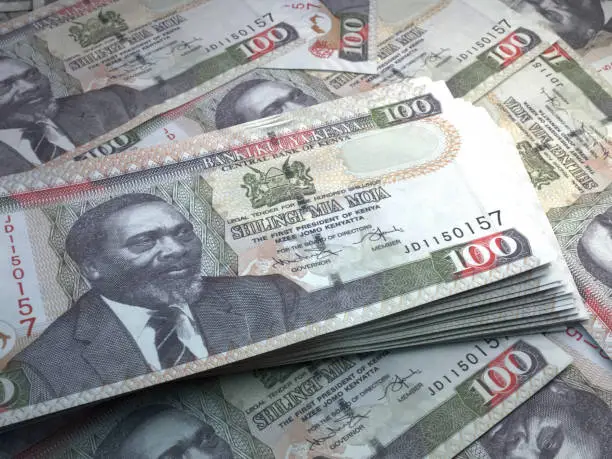Kenya’s debt costs to remain high as government relies on local borrowing, Moody’s says
2 min read
Moody’s warns Kenya’s debt interest burden is unsustainable as reliance on local borrowing grows.
Kenya’s Debt Struggles Persist as Local Borrowing Drives Up Costs, Says Moody’s
High Debt-Interest Burden Threatens Fiscal Stability
Kenya continues to face significant fiscal pressure, with Moody’s Investor Services warning that the country’s reliance on domestic borrowing is pushing debt costs to unsustainable levels. In its latest issuer report, Moody’s revealed that Kenya spends nearly a third of its government revenue on interest payments, placing it among the nations with the highest debt interest-to-revenue ratios globally.
Heavy Domestic Borrowing Raises Red Flags
According to Moody’s, the Kenyan government plans to meet about two-thirds of its fiscal financing needs—just under 4% of GDP annually—through domestic sources. While this strategy reduces dependence on foreign creditors, it also burdens the local financial system and keeps borrowing costs elevated.
“Kenya will rely predominantly on the domestic market to meet its fiscal financing needs,” the report stated. “This reliance will continue to weigh on debt affordability, a key constraint in Kenya’s credit profile.”
Deficit Targets Face Risks Amid Weak Revenue Generation
Finance Minister John Mbadi recently announced that the government’s fiscal deficit for the 2025 financial year will be reduced to 4.8% of GDP, down from 5.7% in 2024. However, Moody’s expressed skepticism, cautioning that the target could be missed due to “acute fiscal pressures” and poor revenue collection performance.

“Kenya’s revenue generation capacity remains structurally weak,” Moody’s said, citing repeated shortfalls in revenue collection targets as a major concern.
Urgent Need for IMF Support to Ease Repayment Pressures
Moody’s emphasized the importance of Kenya securing a new financing program with the International Monetary Fund (IMF) to manage its growing external debt burden. The country currently faces annual external debt repayments averaging $3.5 billion.
The central bank governor, Kamau Thugge, recently confirmed that negotiations with the IMF will resume in September as part of efforts to clinch a deal. A successful IMF program, Moody’s notes, could provide critical support for Kenya’s economy.
“A successful IMF programme could anchor investor confidence and reduce external borrowing costs,” Moody’s added.
Structural Economic Reforms Needed for Long-Term Relief
The report concludes that without significant reforms to improve revenue generation and manage spending, Kenya’s debt situation could worsen. While domestic borrowing provides short-term relief, it does not address the root causes of the country’s fiscal fragility.
Analysts say that beyond IMF support, the government must implement comprehensive tax reforms, improve public financial management, and prioritize efficiency in public spending to put its debt on a sustainable path.







ma1ku1